If the popular Swedish literary character Karlsson, who lives on a roof, had known that there was such a variety of jam in Azerbaijan, he would certainly have inspired Astrid Lindgren to add an extra chapter to her books, which became famous in the USSR. In it she would doubtlessly describe Qabala, the northwestern region of this sunny country, as a “jam paradise.” Because it’s here that a tradition has developed of holding a jam festival at the end of each summer, which attracts jam makers not only from all corners of Azerbaijan but from neighbouring countries too.
And it’s no wonder why, Azerbaijan has been known for its sweet and juicy fruits and berries for a very long time. Annually the country exports tonnes of fresh peaches, pomegranates, pears, plums, not to mention Baku tomatoes and cucumbers which have already made a name for themselves in Moscow’s markets. And since Russia has been hit by a wave of European sanctions, the demand for southern sources of fresh fruit has increased as much as tenfold.
Linden flower jam
It was the linden flower jam that could have been boldly given pride of place at this year’s festivities in Qabala, which were justly considered grander than last year. There was every sort of jam imaginable! From walnut, plum, cherry and watermelon to jams from pumpkin and aubergine.
In truth, there were far too many to count, so many jams of such variety that our eyes were running in all different directions. And in the middle of all this luxury stood the jam from linden flowers, with a taste hinting at caramel and the scent of honey. ‘‘It’s worth it,’’ as they say. After all, it’s the linden flowers than attract the bees when the fields begin to bloom, meaning that they produce the most fragrant honey in Qabala, and the tastiest and healthiest in the region.
Black olives as sweet as honey
Undoubtedly Astrid Lindgren’s Karlsson, whose favourite food is jam, wouldn’t be able to resist the abundance of delicacies prepared by the jam makers of the Absheron Peninsula, home to the Azerbaijani capital, Baku. Although the natural conditions don’t compare to the beauty of Qabala – everywhere salt marshes and empty steppes smelling of oil - this is where you will find the sweetest figs and perhaps the most olive-tasting of zeytun, as olives are called in Azerbaijan. But there’s no need to go overboard: the zeytun itself has a very specific and truly bitter taste which we all remember from eating canned olives, however the jam from zeytun is as sweet as honey.
Besides this, the Absheron’s jam makers can also whip up jam from aubergines, which, despite appearances, can create one of the most unique and sweetest jams in Azerbaijan. As with olives, aubergines should be kept in salty water for a while to neutralise their bitterness.
There was every sort of jam imaginable! From walnut, plum, cherry and watermelon to jams from pumpkin and aubergine
Pomegranate, the king of fruits
Truly royal jam should be prepared from truly royal fruit, which in Azerbaijan undoubtedly means pomegranate. Everything about the pomegranate speaks for itself - its purple colouring and its noble look with a crown on top, and the vitality that the fruit embodies. No wonder they say that life itself is carried in pomegranate juice, which contains dozens of vital elements for the body and the blood.
Truly royal jam should be prepared from truly royal fruit, which in Azerbaijan undoubtedly means pomegranate
In Azerbaijan, the origin of the pomegranate is the central region called Goychay and it is there that the pomegranate festival is celebrated every autumn and that the royal pomegranate grows. But the jam makers from Goychay didn’t bring pomegranate juice to Qabala, they brought pomegranate jam, which unlike other types of jam isn’t consumed with tea, but with pilaf and meat dishes.
so many jams of such variety that our eyes were running in all different directions
“Orange sky, orange sea”
Some Visions readers from former Soviet countries will remember the Orange Song, which was sung a very long time ago on the black and white screens of the USSR by a small Georgian girl called Irma Sokhadze. Not just children but adults would also sing along, such was the affection for this song in that huge country which no longer exists. For some reason, the tune came to mind at the sight of the orange jam during the festival at Qabala. This jam isn’t in fact made from oranges or tangerines, but from calendula flowers, and the jam from these “marigolds,” as they are still popularly referred to, was so orange that they eclipsed all the other jams displayed by the jam makers from the far-flung and bitterly cold regions of Yakutia and Chuvashia in Russia.
We don’t grow vegetables or fruits, they explained to us.
The climate doesn’t allow us to do that. Instead, we use the gifts of nature from our rich woods, they proudly added.
And with the same pride, they presented their festival masterpiece – jam from young spruce cones. The taste was definitely bizarre for us southerners, and no less exotic were the jams prepared from blueberries, cloudberries and honeysuckle – berries which you won’t find in Azerbaijan. And what a surprise it was for the festival’s guests to try jam made from dandelion flowers, which in my opinion was the most unusual and tasty of all the jams on show from northern Russia. In fact, dandelion jam is also a very good remedy for colds and flu.
Preserved in the sun
Tasters were no less surprised by the jam experts from Turkey, who brought fragrant jam made from different types of rose petals and walnuts. As it happens, you can often find rose jam in Azerbaijan too, but for me personally it was the jam from dog-rose petals, which isn’t brewed in the way that jams are usually prepared, but preserved in the sun in a glass jar with some added sugar, which was the most unique. The jar stays like that throughout the whole summer on the roof of a village house somewhere in the mountains, and in the cold winter, when flu attacks with coughs and fevers, there is no better cure than just a spoonful of this jam.
The Absheron’s jam makers can also whip up jam from aubergines, which, despite appearances, can create one of the most unique and sweetest jams in Azerbaijan
Guests from Neftchala, another central region of Azerbaijan, amazed with their tomato jam, whereas jam masters from Ganja had brought a series of jams made from basil, watermelon rinds, ginger and other spices. In short, the festival was a great success. The only thing missing was that Karlsson wasn’t there.
About the author: Jeyran Bayramova is a freelance journalist and former staff writer for Visions.
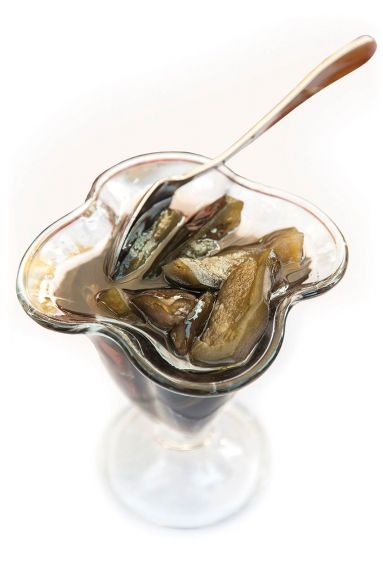
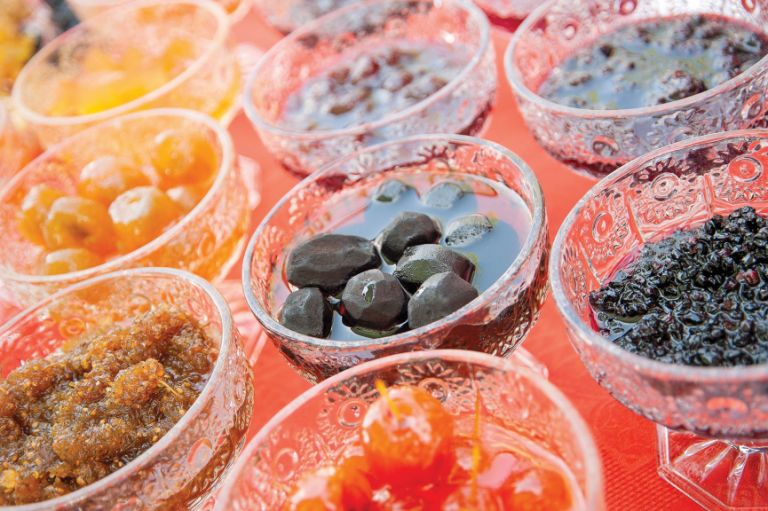
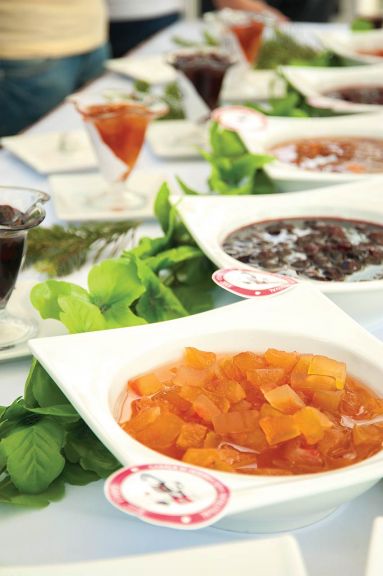
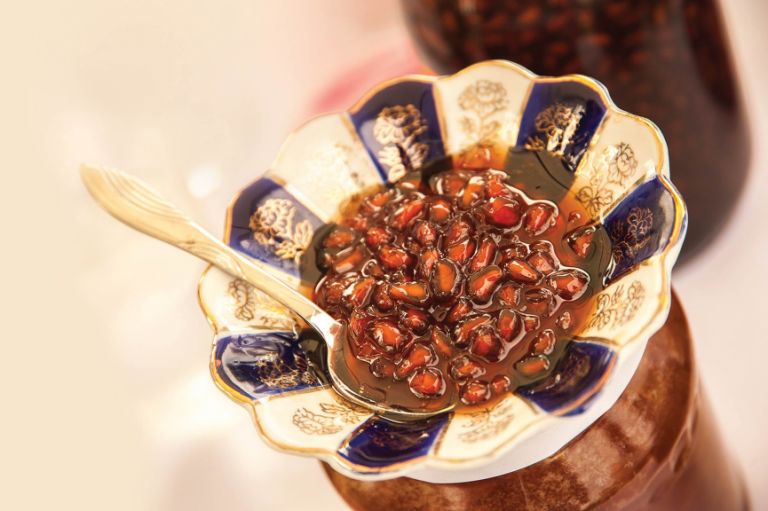
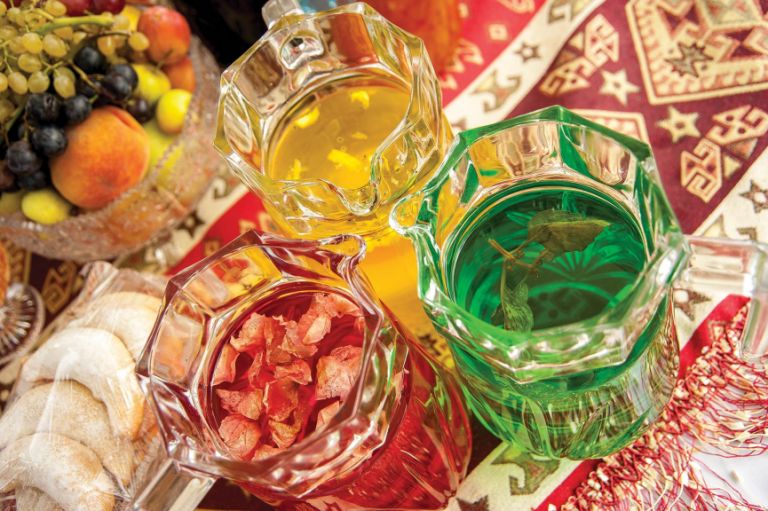
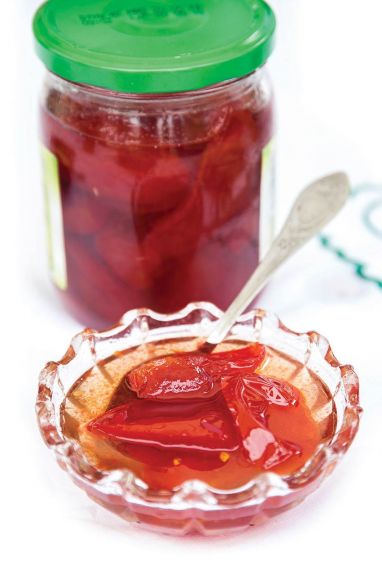
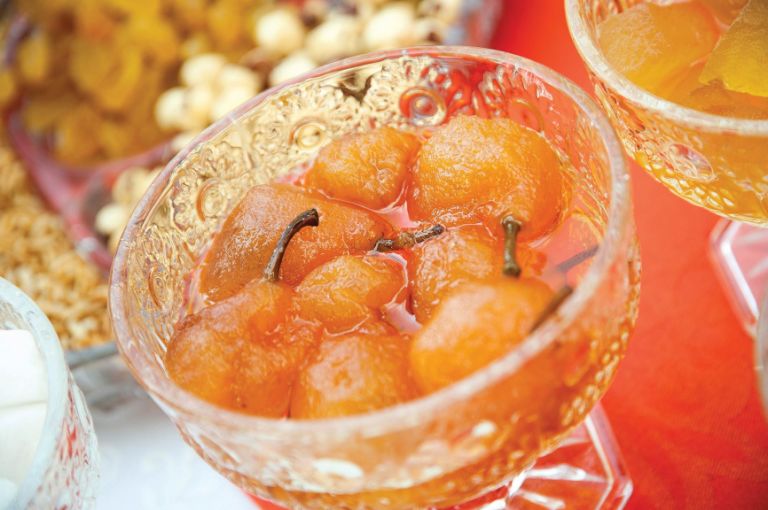
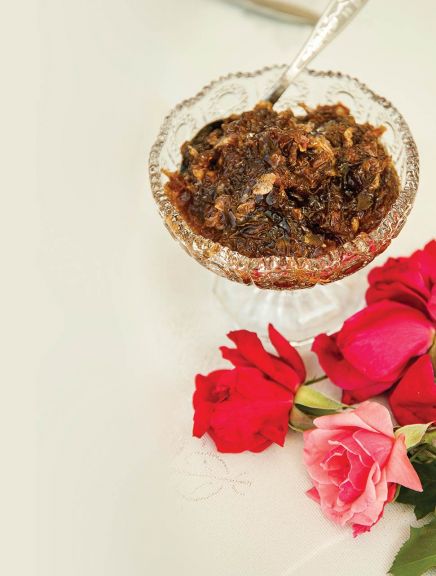
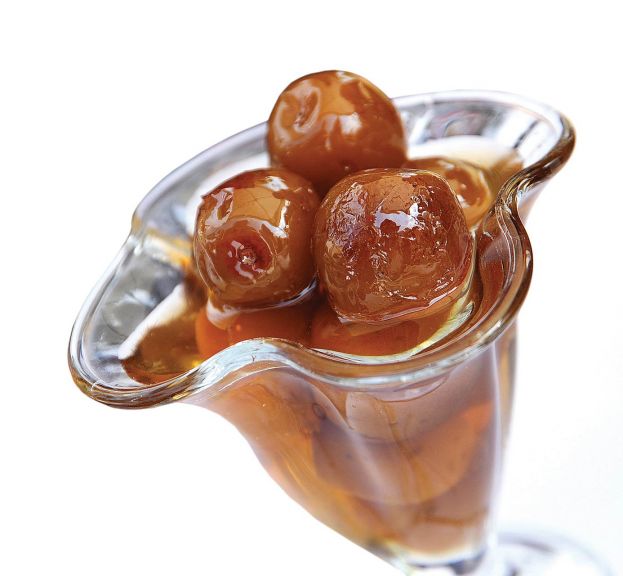
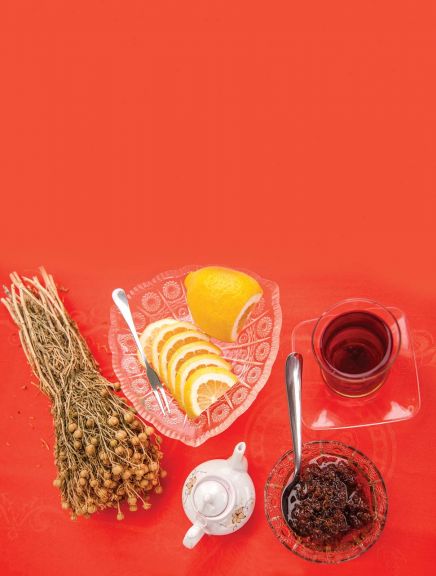
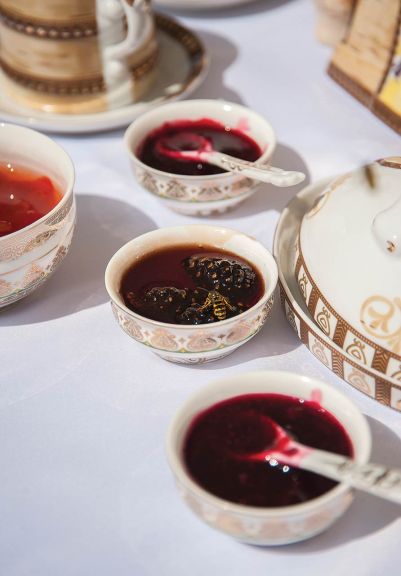
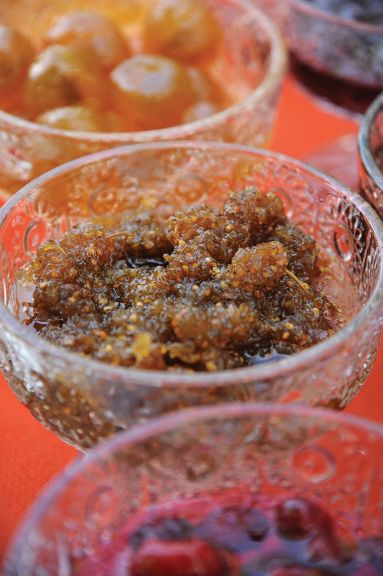

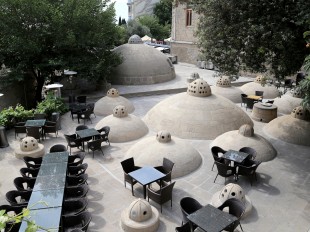
.jpg)